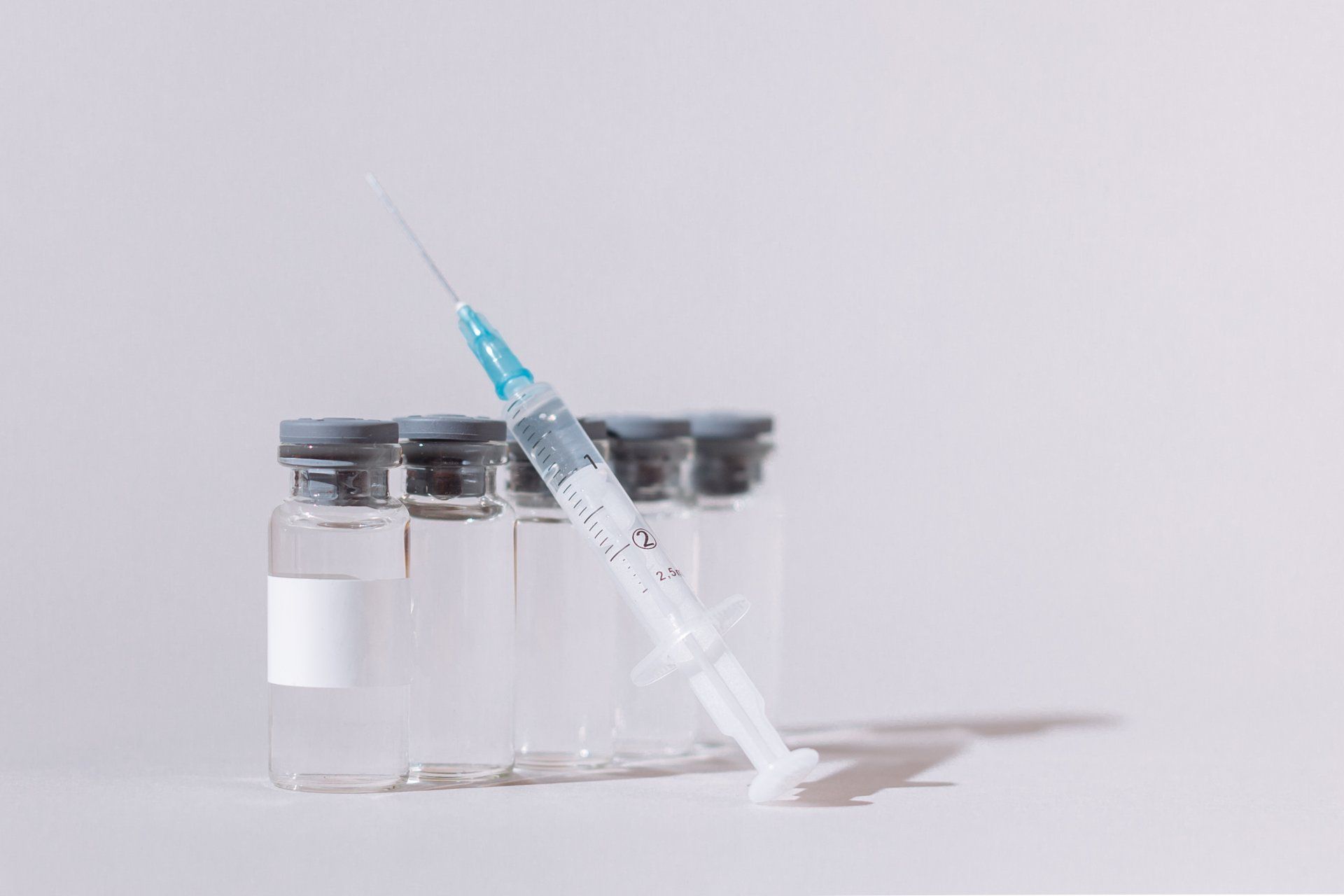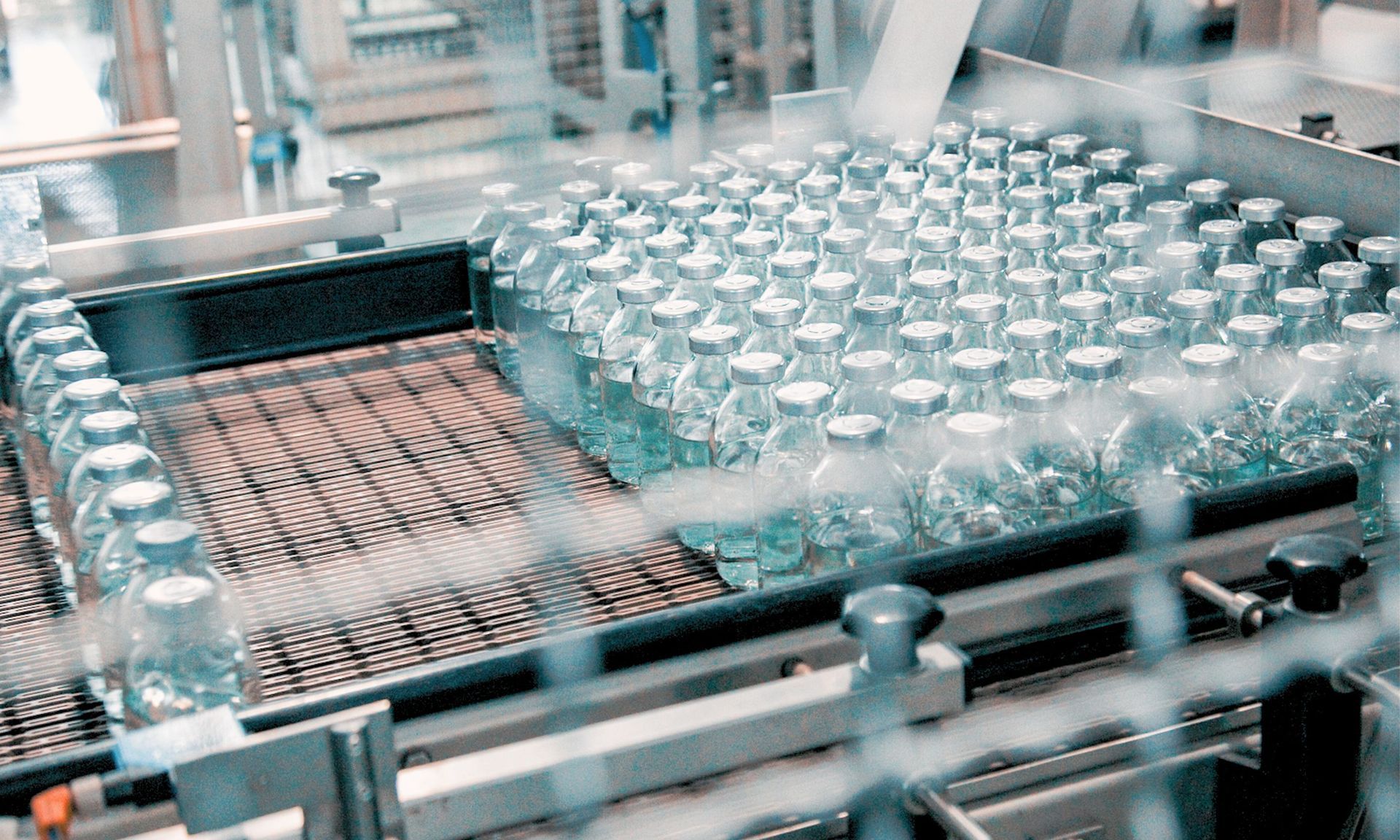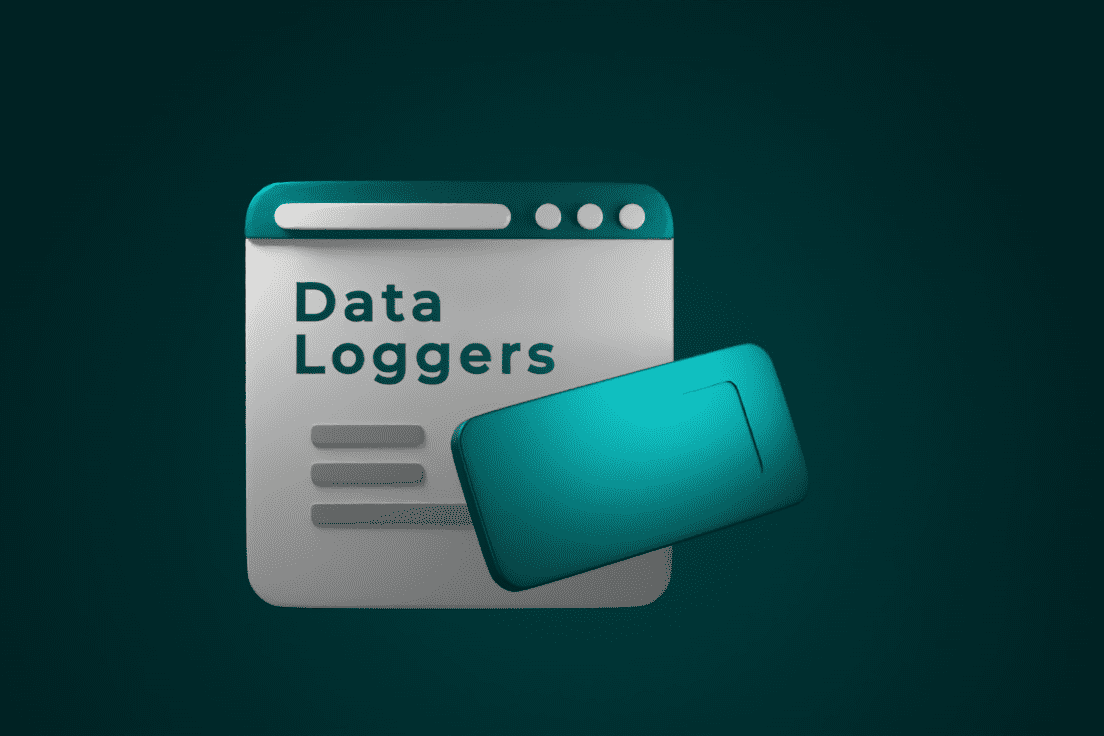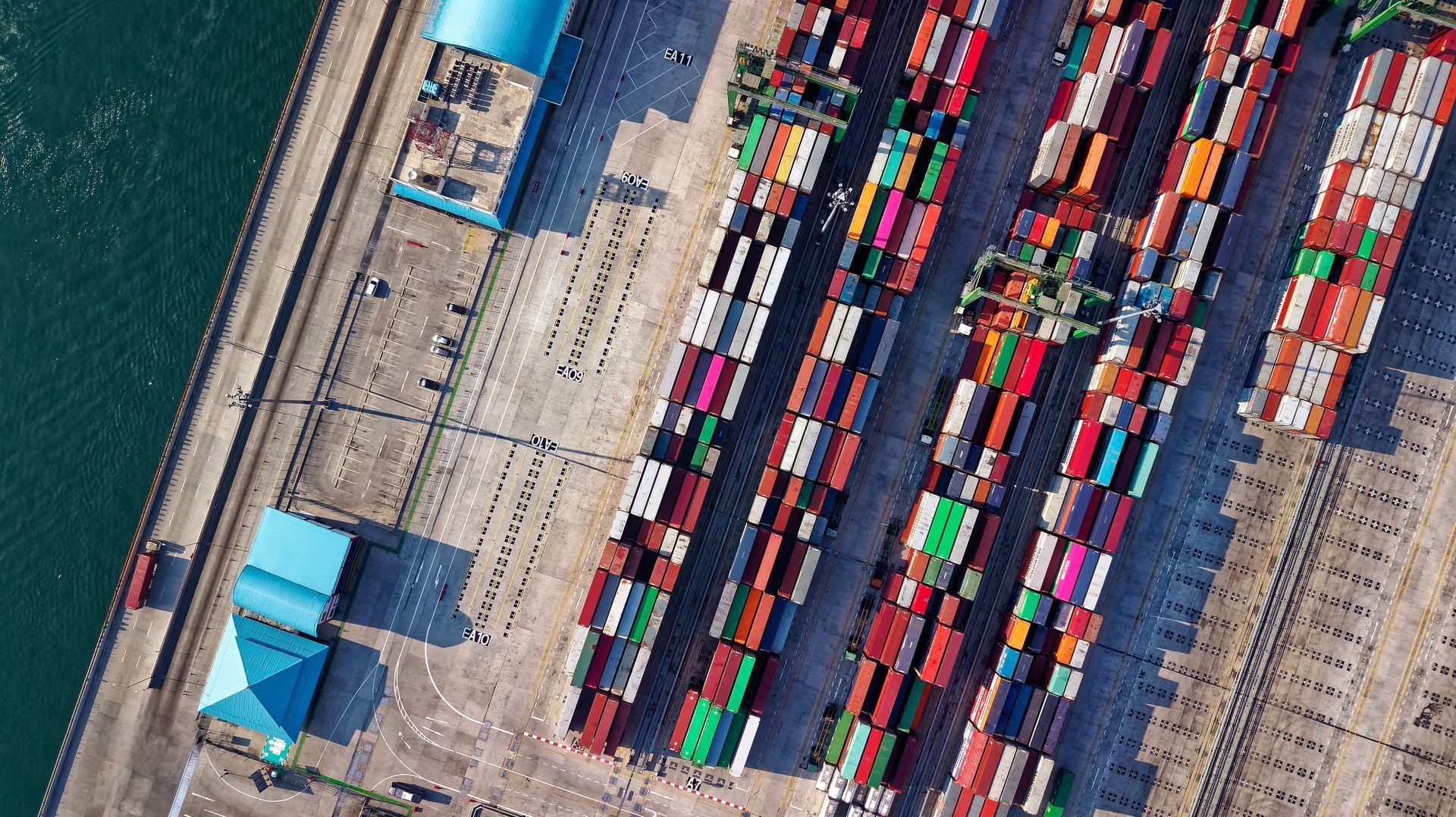5 Best Practices For Managing Risk In The Pharmaceutical Supply Chain
Managing risk in the pharmaceutical supply chain is crucial.
The pharmaceutical industry is growing rapidly, and as the most current data for 2022 has demonstrated, it has now surpassed the $1.48 trillion mark in revenue. The World Health Organization (WHO) estimates that about 10% of medicines in low- and middle-income nations are substandard or faked. With such growth comes an increased danger in the pharmaceutical supply chain. In addition, the complexity of the supply chain also grows along with the demand for medicinal products. This is the reason why implementing best practices for managing risk in the pharmaceutical supply chain is crucial.
If we begin looking at the processes, we can implement to mitigate this risk, the list will start with streamlining and digitising all of the processes involved in the pharmaceutical supply chain. After that, inventory management and supporting software solutions such as temperature and humidity monitoring can be implemented. The list goes on but let's understand at the core what does a pharmaceutical supply chain comprise of.
What Is A Pharmaceutical Supply Chain?
A pharmaceutical supply chain is composed of multiple stakeholders. Manufacturers, distributors, wholesalers, pharmacies, hospitals, and patients are all part of this complex system. The process from beginning to end involves several processes, including obtaining raw materials, manufacturing, packaging, storing, and shipping the finished product.
Each stakeholder in the supply chain has different responsibilities. The supply chain begins with the production of raw materials and ends with the distribution of finished goods to patients. It involves the transportation of goods across numerous geographies, frequently including multiple nations, which can increase risks. Each and every supply chain is unique and can involve different processes.
The involvement of numerous parties, each with distinct goals, and the requirement to abide by stringent rules and quality standards contributes to the complexity of the pharmaceutical supply chain.
Best Practices For Managing Risk In The Pharmaceutical Supply Chain
It can be difficult to manage risk in the pharmaceutical supply chain. However, putting best practices into action can help reduce potential challenges and guarantee the effective and safe delivery of pharmaceuticals. The following are some of the best practices for managing risk in the pharmaceutical supply chain:
Risk Assessment and Implementing A Risk Management Plan
One of the best practices for managing risk in the pharmaceutical supply chain is to conduct a risk assessment to identify potential risks. It involves evaluating factors such as supply chain complexity, regulatory compliance, product quality, and safety. Companies can also use data analytics and modeling to identify potential risks and take proactive measures.
After this, the next step is to develop a comprehensive risk management plan. It should outline the strategies for mitigating those risks. The strategy should also identify the key stakeholders responsible for managing each type of risk and the communication channels for sharing information.
Monitor Suppliers and Vendors
Pharmaceutical companies must monitor their suppliers and vendors to ensure they meet the company's quality and safety standards. It includes conducting regular audits and inspections of supplier's facilities and processes and further monitoring their performance metrics.
Temperature and Humidity Monitoring
The integrity of medicinal products must be maintained, and temperature and humidity monitoring is crucial to doing so. Pharmaceutical goods must be transported and stored under specified temperature and humidity conditions to keep them safe and effective. Temperature variations can cause degradation, loss of efficacy, or even contamination of the product. Temperature data loggers can be used by businesses to track temperature and humidity levels and to make sure they stay within the specified range required.
Further, these devices provide real-time alerts in case of any deviations from set thresholds. It aids in maintaining product quality and safety while preventing product deterioration. These devices also help ensure compliance with regulatory requirements and can provide evidence in case of any disputes. At Adapt Ideations, we provide temperature data logger solutions that comply with 21 CFR Part 11 regulations.
Implement A Robust Quality Management System
For pharmaceutical goods to be safe and effective, a quality management system is necessary. The system must encompass the entire supply chain, including sourcing of raw materials, production, packaging, and distribution. Additionally, it must adhere to industry norms, standards, and regulations. Risk management, change control, document control, and personnel training should all be part of the quality management system.
Implementing Traceability and Transparency
Another recommended practice for risk management is to provide traceability and transparency in the pharmaceutical supply chain. This involves setting in place systems that trace items from the manufacturer to the consumer, ensuring transparency and responsibility at every stage. It makes it easier to spot possible challenges experienced and enable stakeholders to act quickly to fix them. Additionally, it assists in making product recalls possible in the event of any flaws or safety issues.
Way Forward
In order to guarantee the security and effectiveness of medicines, risk management in the pharmaceutical supply chain is essential. Potential risks can be reduced by putting best practices into operation, such as regular risk assessments, rigorous quality management systems, strong connections with suppliers and vendors, traceability, and transparency. A proactive approach to risk management can aid in preventing challenges before they arise, and ensure decisions can promptly be backed by data. Therefore, to ensure the integrity of products, pharmaceutical companies should consider investing in technologies like temperature data loggers to help monitor temperature and humidity levels in their supply chain.
If you are looking for a reliable solution for temperature and humidity monitoring, consider using a temperature data logger from a trusted provider. This can help you to ensure that your pharmaceutical products remain within the required temperature and humidity range, reducing the risk of product degradation and ensuring the safety and efficacy of your products. You can learn more about the latest developments in the pharmaceutical sector related to supply chain optimisation by attending Logipharma 2023, where many industry leaders and companies are coming together to showcase their products and ideas further revolutionising the industry. Come visit the team throughout the event at booth 7. If you aren’t attending the event or in the meantime would like more information you can check out our temperature monitoring solutions here.
Data Logger Checklist
Download our checklist to help evaluate what type of solution and features would be required to meet your monitoring needs.
Share Our Post.
Awards & Recognition
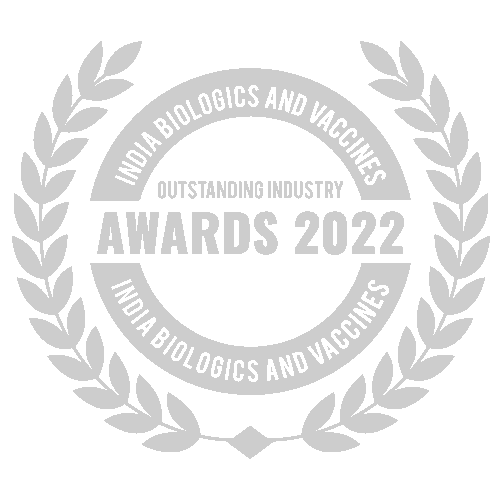
Best Temperature Monitoring Solution Provider
Awarded by India Biologics & Vaccines Outstanding Industry Awards 2022
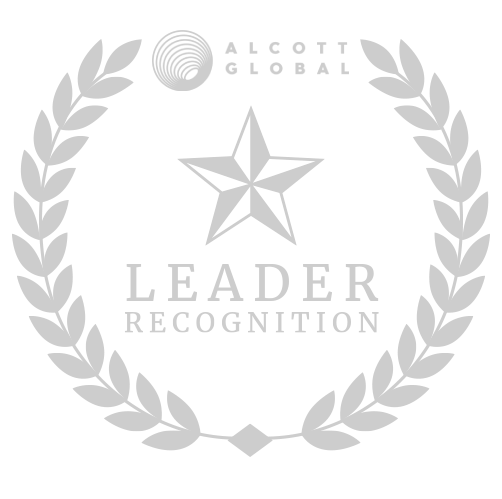
Adapt Ideations Recognised As A Supply Chain Leader
by Alcott Global on Supplify's Supply Chain Tech Map 2.0
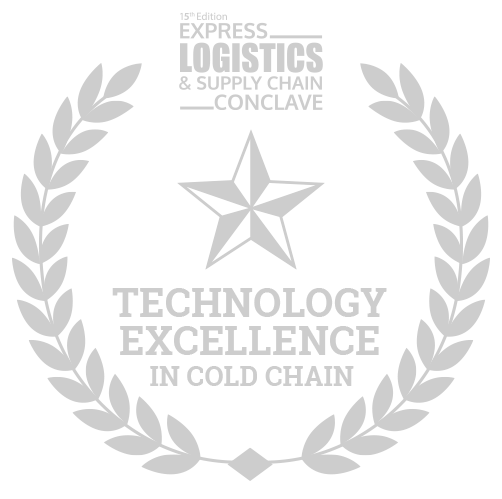
Related Articles.
